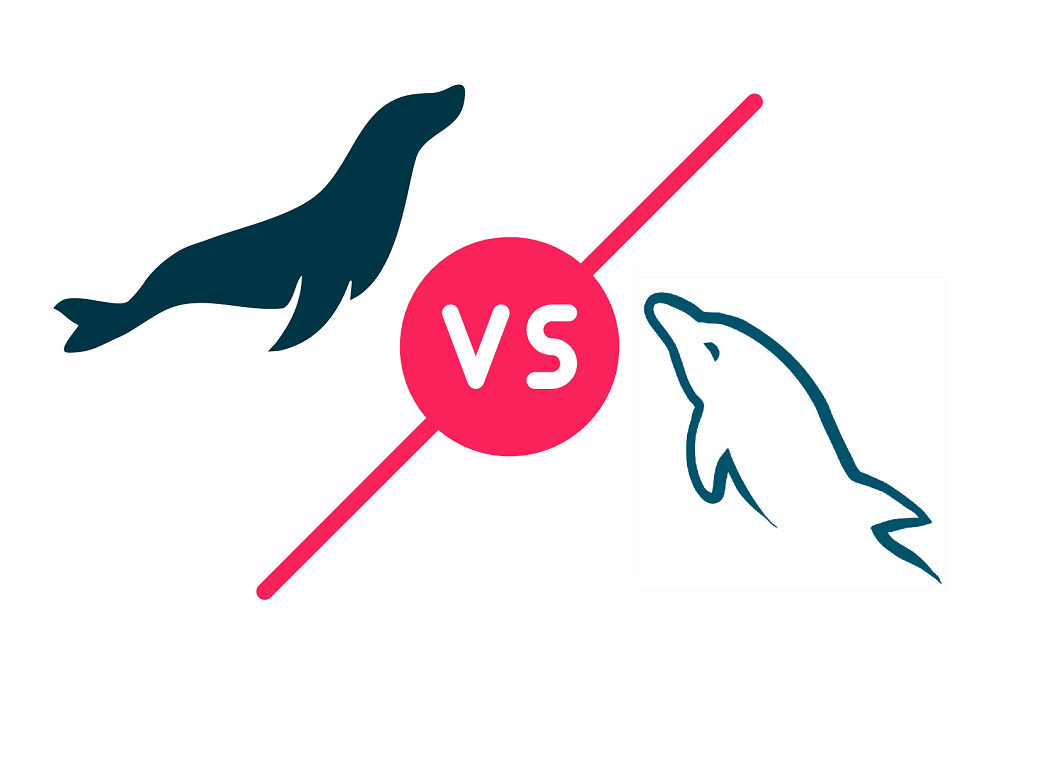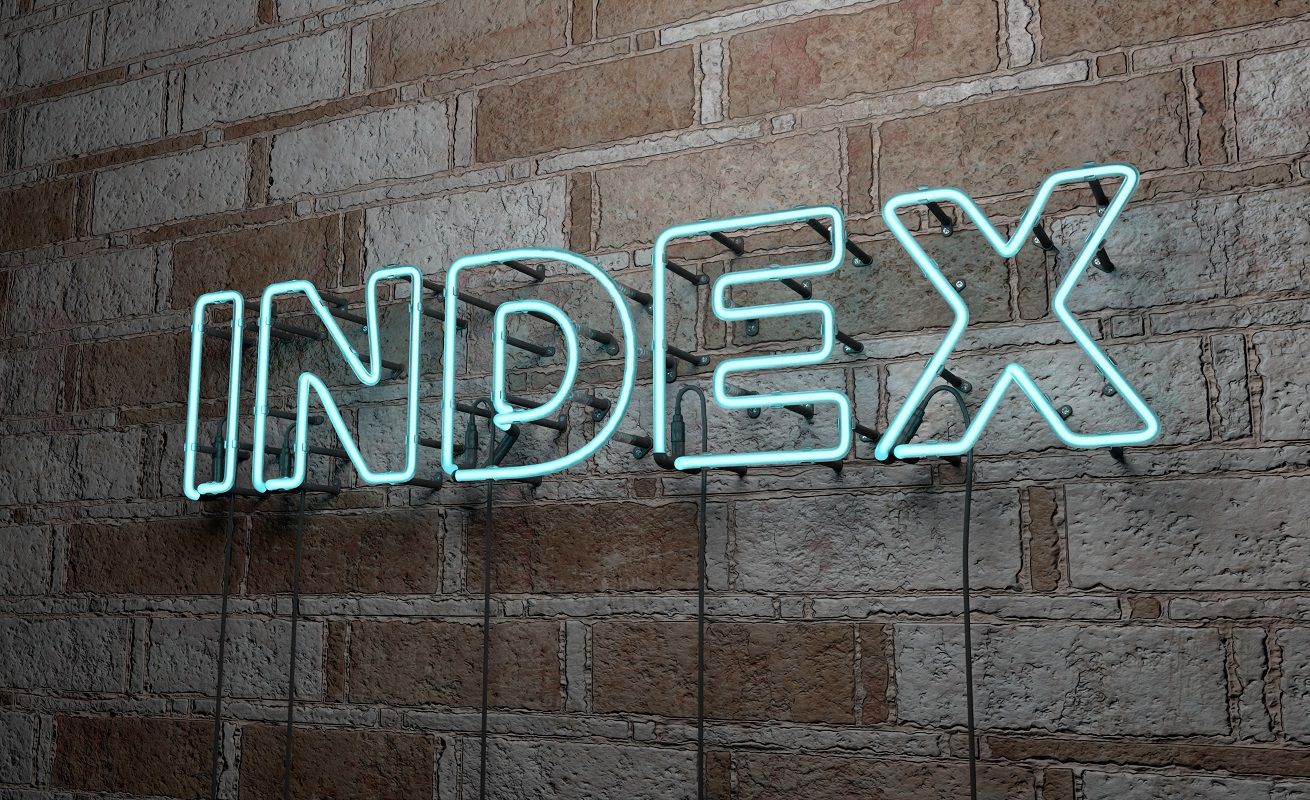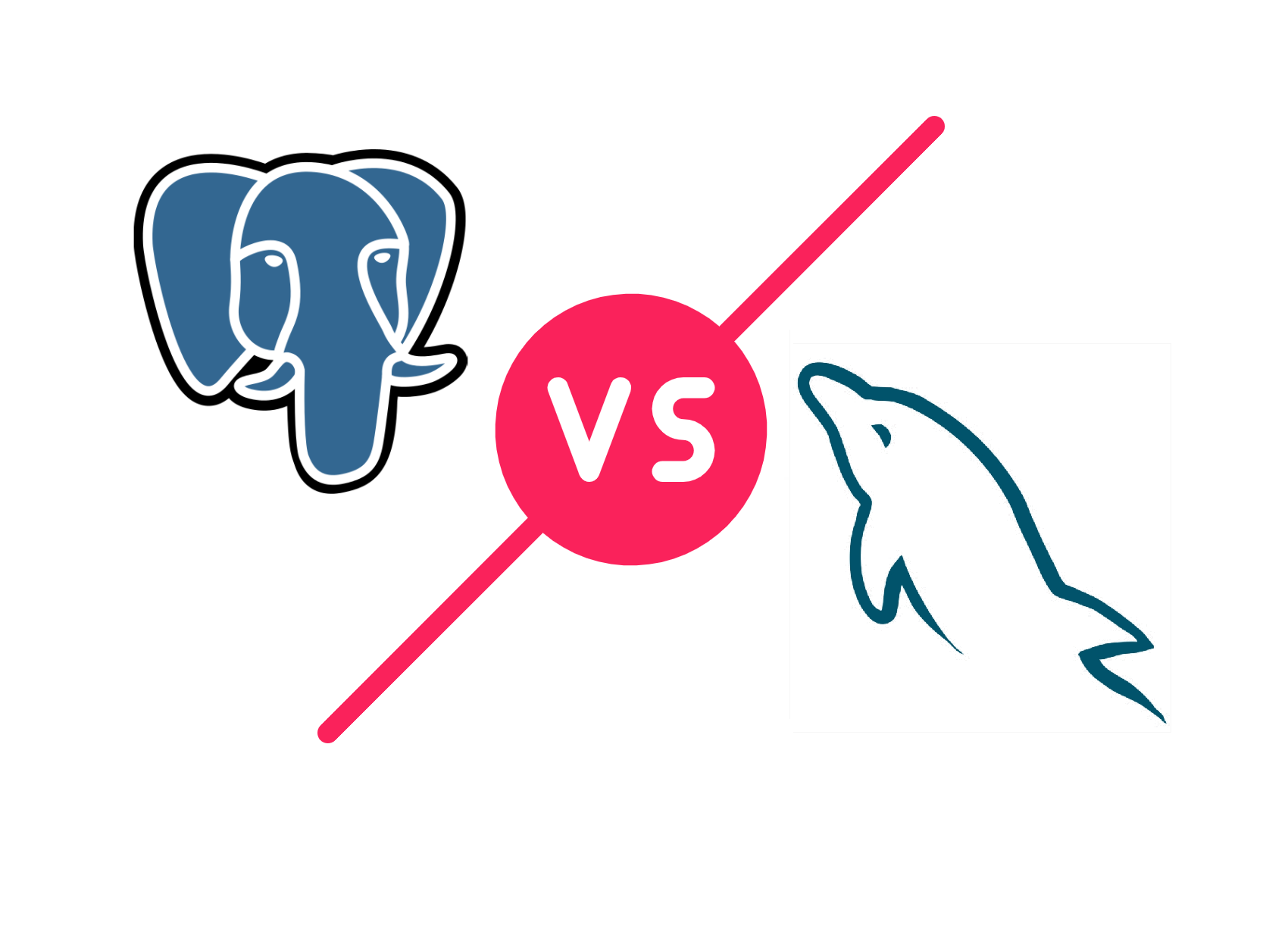MariaDB vs. MySQL
Trying to choose a DBMS? Learn the differences between MariaDB and MySQL. Zuar compares and contrasts these two database management systems.

MariaDB and MySQL are both database management systems (DBMS). While both have free and open-source versions, there are a few differences that you will want to know before implementing them in your database. Let's take a look at MariaDB versus MySQL.
Does your company have a robust data strategy? Zuar can help! From technical assessment to automated data pipelines.
What Is MySQL?
MySQL was one of the first open-source databases on the market when it debuted in the mid-1990s. While there are many different variants of MySQL, they all rely on the same functionality offered with this original database management system. With MySQL, you can keep all the data organized within the database. MySQL uses the SQL language to make queries in the database, and you can use it with a combination of an Apache Web Server and PHP.
What Is MariaDB?
MariaDB is one of the forks of the MySQL management system. It has the capabilities to process data for both enterprise and small tasks. This DBMS supports PHP, one of the most popular languages for web development. MariaDB is an attempt to improve over MySQL, as it has features that focus on performance, security, and usability. To make the most of it you will still need to get to grips with tuning MariaDB Database features and unlocking its true potential.

Differences Between MariaDB & MySQL
Since Oracle acquired MySQL, it has been distributed under its dual licenses. In some cases, Oracle will sell licenses to businesses that don't want to make their product available to the public. On the other hand, MariaDB continues to be released under the GNU General Public License (GPL).
The database management system under MySQL's Enterprise Edition can support over 200,000 connections while providing better performance and system stability. Those options are not available in the Community Edition of MySQL.

MariaDB has improved on these features, and also supports more than 200,000 connections. Where intensive online tractions processing (OLTP) is standard, MariaDB is better equipped to support those platforms. Those high thread pools optimize the server resource usage while increasing uptime.
When looking at the functionality, MySQL has better performance tuning and database management. In the super read-only function, you can prevent these users from making any changes to the database. MySQL supports both dynamic columns and data masking. Dynamic columns allow you to define multiple values in one column and modify it with functions. Data masking protects all sensitive information from breaches in your system.
However, MariaDB also has a few new features, such as database views and invisible columns. With database view, sharing and saving queries are accessible across applications. The invisible column function allows users to hide columns with an insert or select statement.

When comparing database engines, MariaDB stands out from the competition using more storage engines such as Memory Storage Engine, XtraDB, MariaDB ColumnsStore, Cassandra Storage Engine, Connect, and Aria.
By default, MySQL supports the native JSON data type with the validate_password and SHA-2 authentication plugins. That is something that MariaDB does not offer.
Finally, MariaDB and MySQL have different types of organizational management. As previously mentioned, the Oracle Corporation manages MySQL. MariaDB is a community-driven software that the MariaDB Foundation governs. All open-source communities can participate in this software's documentation and development process. Along with that, the community can review all development decisions through a mailing list.

Choosing Between MySQL & MariaDB
With several relational database management systems on the market, which one is the best? MySQL is the preferred choice for many. MySQL supports multiple storage engines, while others support a single-engine. Compared to many other relational database systems, MySQL offers a higher performance level with its support for multi-storage engines and simple design.
Some of MySQL's best features include its flexibility and stability, high performance, robust transaction support, data warehouse and web strengths, and high availability. However, there are a few disadvantages, such as difficulties to scale, restrictions on use, not being suited for extensive data, and imposing a high load on database servers.
For some, MariaDB can be a better alternative to MySQL. This software operates under LGPL, BSD, and GPL licenses. Along with that, it offers support for most standard querying languages. You can integrate MariaDB with other relational database management systems. It can even help to advance Galera cluster technology. MariaDB is generally faster than MySQL, and specifically replication is faster.

The most important feature of MariaDB is the backward compatibility. In addition to that, this software is based on the MySQL community version. Plus, it can operate on the Percona Server, which runs on the MySQL server and other forked versions.
While there are many benefits of the MariaDB, there are a few things to consider. Since the engine is new to the market, updates and versions might not be available for a long time. MariaDB is open-source software, but you will need to pay for any support. Last, MariaDB doesn’t support data masking and dynamic columns.

Find the Right Options for Your Needs
Both MySQL and MariaDB offer plenty of competing capabilities and features. MySQL is an excellent choice for those customers who want steady improvements, enterprise-level support, and consistent updates. Whether you purchase the Enterprise Edition or stick with the Community option, MySQL is versatile enough to support a wide variety of projects on different operating systems and platforms. Many developers consider MySQL to be the best database management system in the world.
With MariaDB, it has features that rival its predecessor, so choosing comes down to deciding which features are the most important to your business.
Need help with database design, integration, visualization, and deployment? At Zuar, we can help you accomplish these technically challenging projects!



